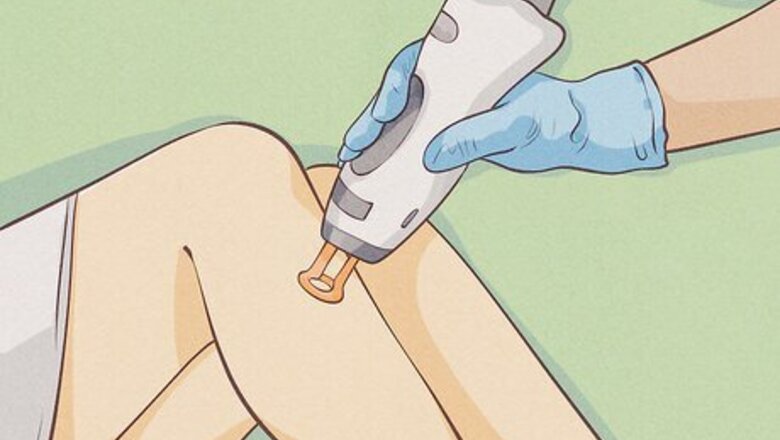
views
How to Remove Pubic Hair without Shaving
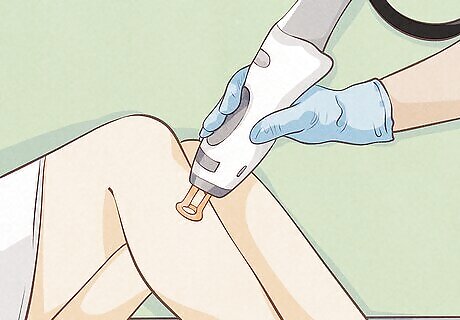
Laser hair removal Laser hair removal therapy is one of the most popular cosmetic procedures to remove pubic hair. In this procedure, a highly-concentrated beam of light targets individual hair follicles and destroys them. A licensed professional will customize the type of laser depending on your skin and hair color, and while no hair removal method is 100% permanent, it can reduce the amount of pubic hair that grows over time. Pros: Quick, relatively painless. Widely available due to popularity. Hair generally stops growing after 2 to 6 treatments. Cons: May cause pain or redness for 1 to 3 days after the procedure. Blisters, temporary discoloration, and other painful side effects are possible but rare. Notes: Treated hair falls out over a period of days to weeks, not immediately. After a few years, some minor amount of hair regrowth is possible, so repeat “touch up” sessions may be necessary. While laser therapy is a FDA-approved method, there is a chance of complications. Discuss any hair removal procedure with your doctor first to see if it’s safe for you. Cost: The average price of laser hair removal is about $697, but a single session of bikini line hair removal can range from $95 to $149.
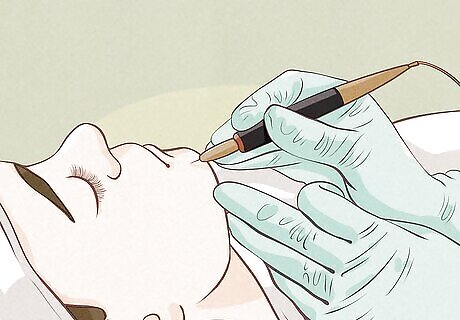
Electrolysis During electrolysis, an electrologist inserts a thin needle into the hair follicle underneath the skin’s surface, and then an electrical current is applied to destroy the hair follicle. This removes hair from all skin tones, and it’s safe for sensitive areas like the face or bikini line. Pros: Generally minor discomfort. No downtime. Less risk of an adverse reaction. Cons: Can cause temporary pain and redness, but you can take paracetamol beforehand and apply ice to the area afterwards. Notes: Hair around the bikini line is coarse, so it will take more sessions than other body parts before it’s removed. Be sure to choose an accredited, board-certified electrologist. Poor technique can cause scarring, burns, or a skin or blood infection. Cost: It depends on how much hair needs to be removed and where you get your services performed, but prices generally range between $30 to $150 per session.
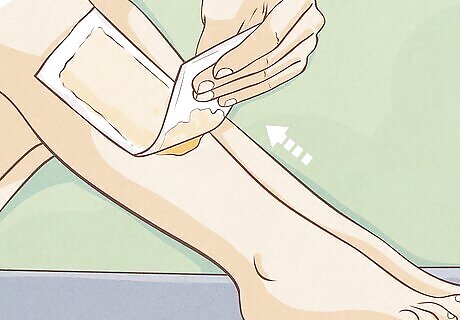
Waxing Waxing is great for removing stubborn hair from the bikini area “if done appropriately [and at] the right temperature,” according to Tareen. It's especially good for people with coarse, dark hair that contrasts against their light skin. You can wax at home by purchasing a bikini waxing kit, or visit a salon for a professional treatment. Pros: Removes lots of hair relatively quickly. Results last for several weeks. Cons: More painful than other hair removal methods, though this reduces after the first wax. Can be difficult to do at home; professionals can be somewhat expensive. Notes: Follow the directions on the wax packaging, especially when it comes to heating the wax. Always apply the wax in the direction of hair growth and pull in the opposite direction of hair growth. Soothe the skin (and remove sticky residue) by applying baby oil with cotton wool. Tareen recommends choosing an esthetician that “has the right credentials” and “knows your skin tone.” If you “have sores, pimples, or an infection, you should stay away from waxing until [your skin] has healed.”

Sugaring Sugaring is a hair removal method that involves applying a thick, sticky liquid to the skin in the opposite direction of hair growth, allowing it to set, then pulling it off with a cloth in the direction of hair growth. “This makes the hair much finer and sparser over time,” and “some people have seen results after only 2 treatments,” according to Villalta. Unlike waxing, sugaring uses natural ingredients (like sugar, lemon, and water), which makes it gentler on the skin. Pros: Removes lots of hair relatively quickly. Lasts for several weeks. Smaller risk of allergies or irritation. Can be done by purchasing a sugaring kit or making a sugar paste at home. Cons: Similar pain level to waxing, but you can take an OTC pain reliever beforehand. Red bumps may appear afterwards. It can be dangerous to do sugaring at home (if you don’t cool the sugaring paste properly), but the prices can add up if you do it at the salon. Notes: Villalta says that “sugaring is a service you want to maintain every 6 weeks or so.” Right after sugaring, avoid using exfoliating scrubs and oils to prevent ingrown hairs.
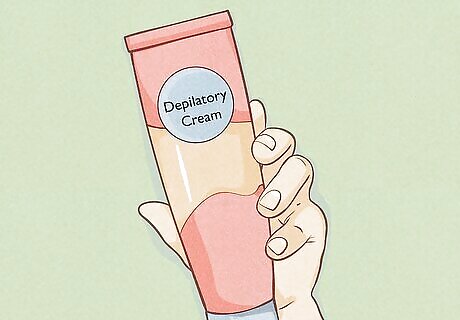
Depilatory creams This product contains chemicals that break down the proteins in your hair, dissolving hair at the skin's surface. Since it can irritate sensitive skin, perform a patch test before applying the cream to your pubic area. Rinse off the product thoroughly to avoid a chemical burn, and always follow the directions on the label. For example, you do not want to remove pubic hair with a depilatory cream designed for leg hair. Pros: Doesn't hurt. Easy to use. Affordable. Cons: Can smell bad. Doesn’t last long. The chemicals in the product may cause irritation. Notes: Usually, these products come in a lotion or shampoo-like bottle and are sold at drugstores for fairly cheap. Apply the cream after bathing when your hair is the softest.
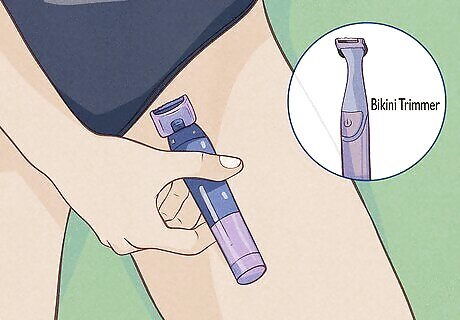
Trimming This is the safest hair removal method because it shortens your pubic hair without cutting close to your skin. Take a pair of scissors (or a bikini trimmer) to clean up the edges of your bikini line and trim down the length for a tidy look. Just make sure your trimming tool is sharp, clean, and rust-free to avoid infection. Pros: Doesn't hurt. Low risk of infection. Cons: Requires frequent use (hair grows back at normal speed). Notes: Use a handheld mirror and good lighting to ensure you don’t miss a spot.
Other Hair Removal Techniques for Face & Body Hair
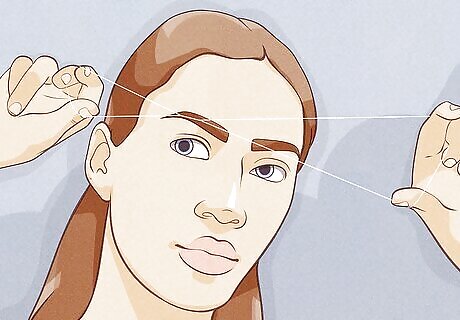
Threading When someone has unwanted hair threaded, a threader rolls 2 twisted cotton threads over the hair, which plucks it out. It’s as precise as tweezing but much faster, so it’s a great option for areas where you want to keep some hair (like your eyebrows). It also causes little to no irritation, making it perfect for those with sensitive or acne-prone skin. Pros: Healthier for skin than waxing. Good choice for sensitive skin. Lasts for 4-5 weeks. Cons: Can hurt. Can only be done on flat surfaces (no knees or bikini lines) Not suitable for larger areas. Can’t be done at home. Notes: Take the time to find a threader with good reviews. An expert threader can make the process much less painful and clear a decent amount of hair quickly. In fact, it usually takes 15 minutes or less to thread both eyebrows.
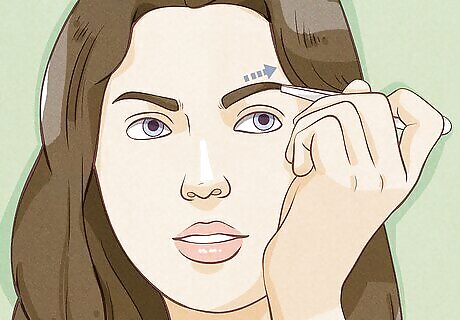
Tweezing This is one of the cheapest methods of hair removal, since it only requires a pair of tweezers. All you have to do is grab one hair with your tweezers and pull it out. The hair will eventually grow back at the same thickness, but it can last for 3-8 weeks. Pros: Easy. Cheap. Precise. Allows you to remove exactly which hairs you want, one at a time. Cons: Painful. Time-consuming (except when plucking just a few hairs). Not ideal for large areas. Can cause mild irritation, ingrown hair, or an infection in some individuals. Notes: Wash your tweezers before and after use to avoid bumps when plucking.
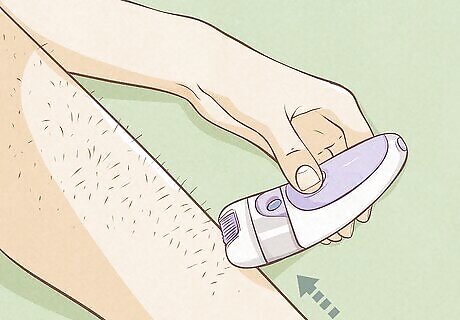
Epilators An epilator is a device that works like an automatic set of tweezers, pulling out hair with a set of mechanical grabbers. It removes hair completely from the root, so the results last longer than shaving. Unlike tweezers, epilators pull out a lot of hairs at once. This can make it more painful than other hair removal methods, but you can use an epilator on all parts of your body. Pros: Removes lots of hair quickly. Lasts for several weeks. Quicker than tweezing manually. Gentler on the skin for some. Cons: Not precise. Some pain, though this typically reduces after the first use. Requires minor cleaning and maintenance. Notes: If you can, get a waterproof epilator and remove hairs in the shower when they're the easiest to pull out.
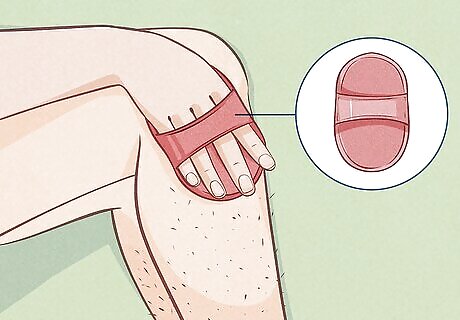
Hair removal erasers This hair removal device works like a small handheld buffer. You rub the rough surface of the eraser against your skin using circular motions to clump the hair together so it sloughs off. The area that the eraser can buff out at one time is small, making this method best for small patches of hair. Pros: Doesn't hurt when used correctly. No soreness afterward. Cons: Time-consuming. Notes: This product will also abrade the skin, leaving it "ashy." You may want to apply lotion afterwards to re-moisturize. Wash and dry the eraser after each use.










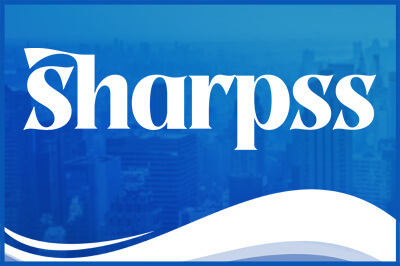







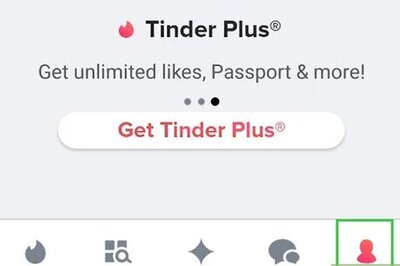
Comments
0 comment